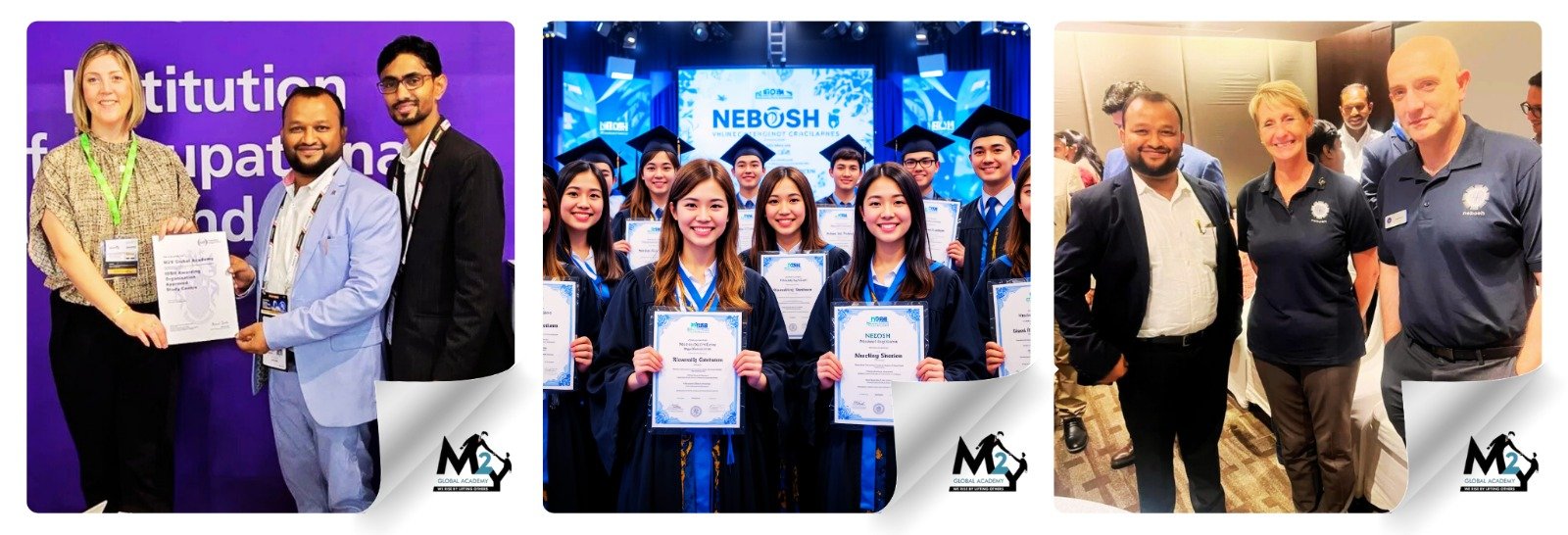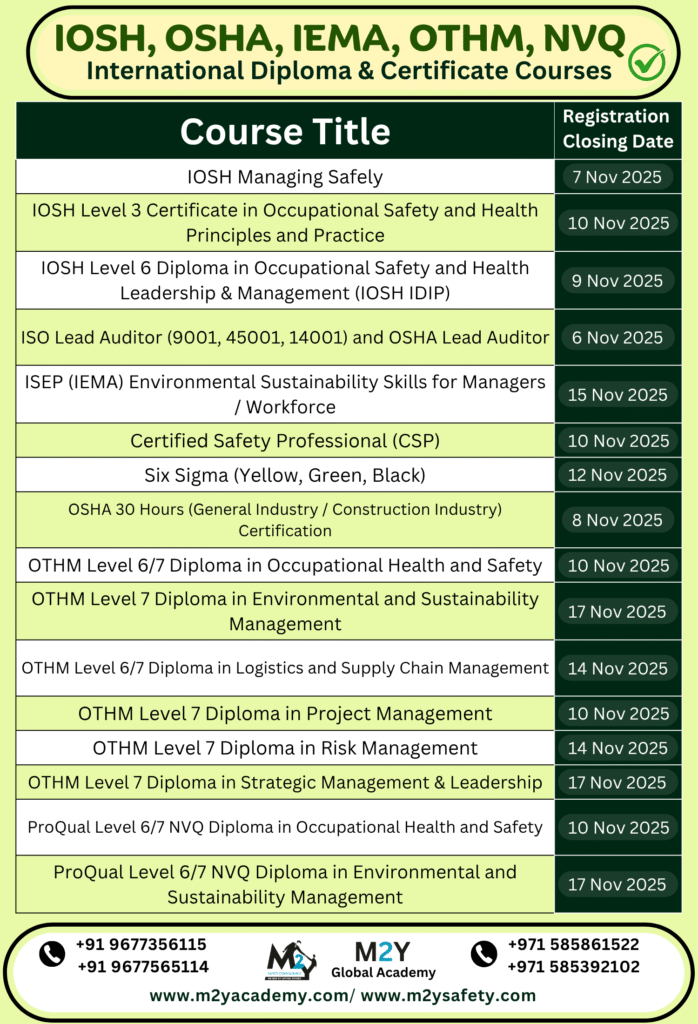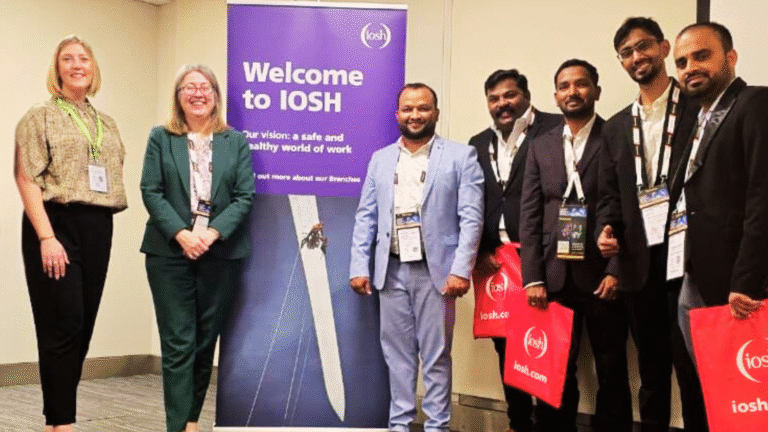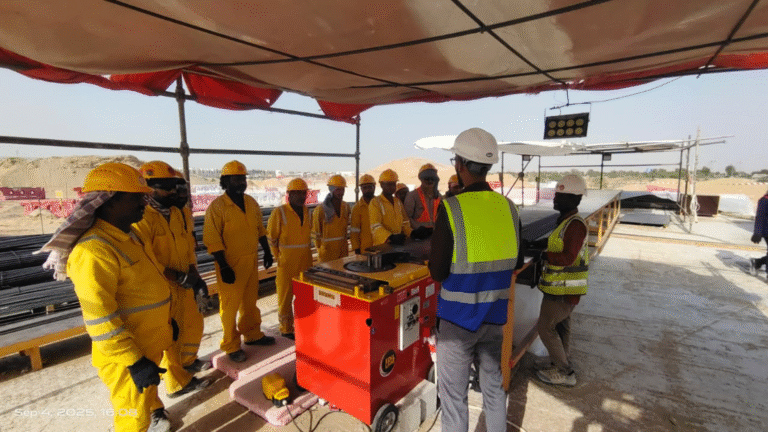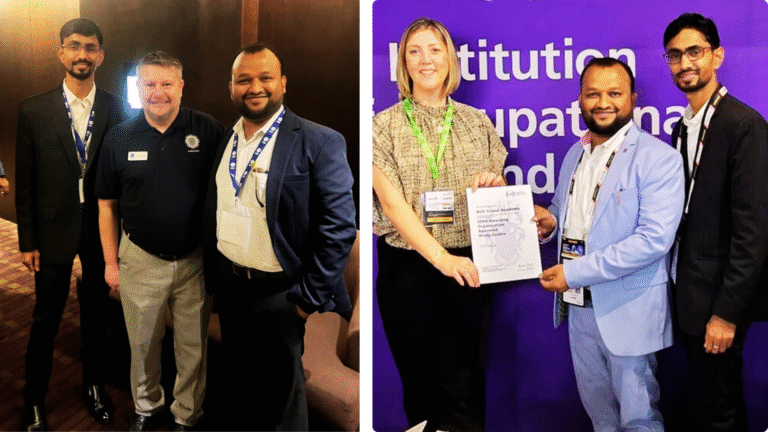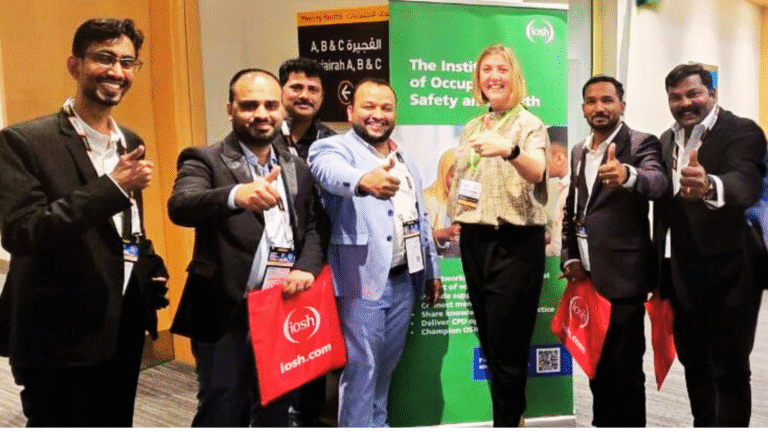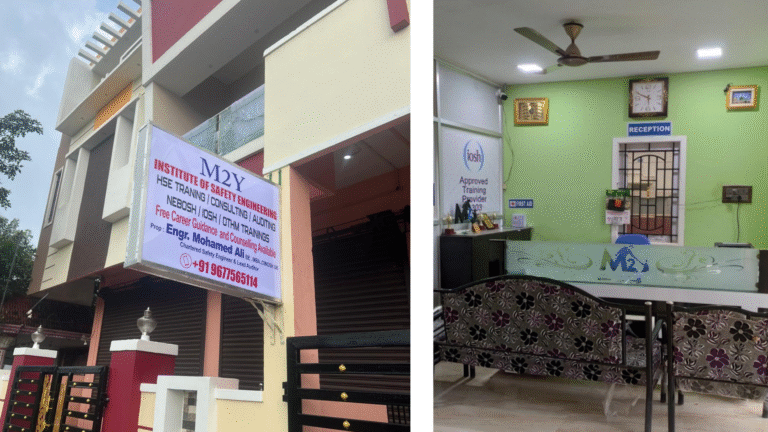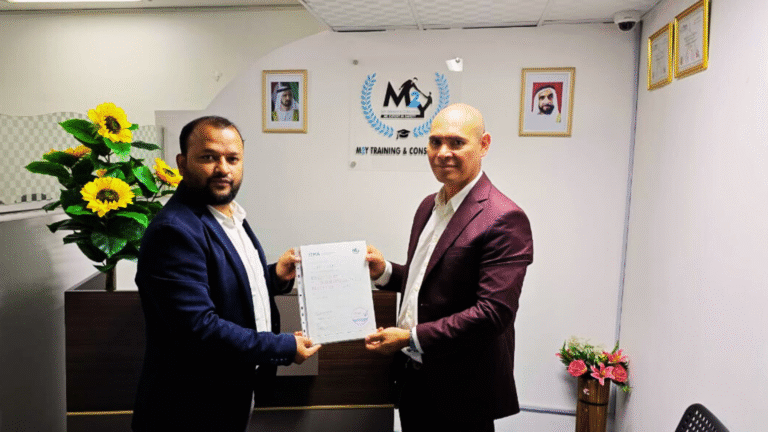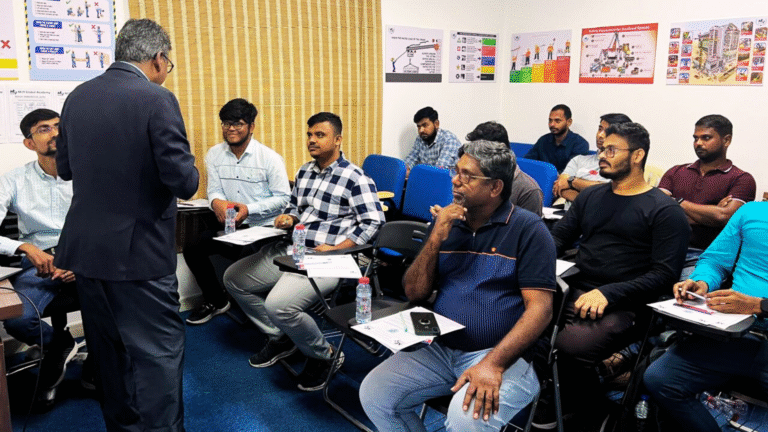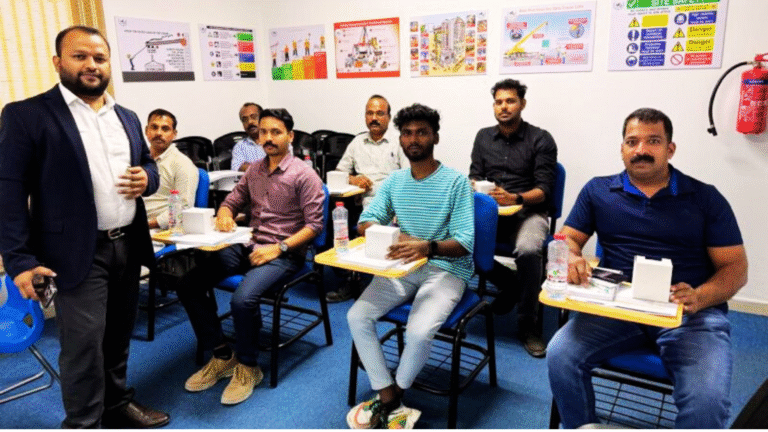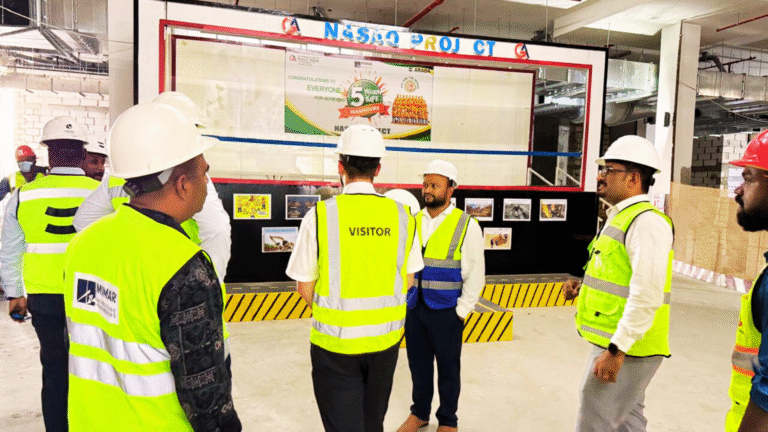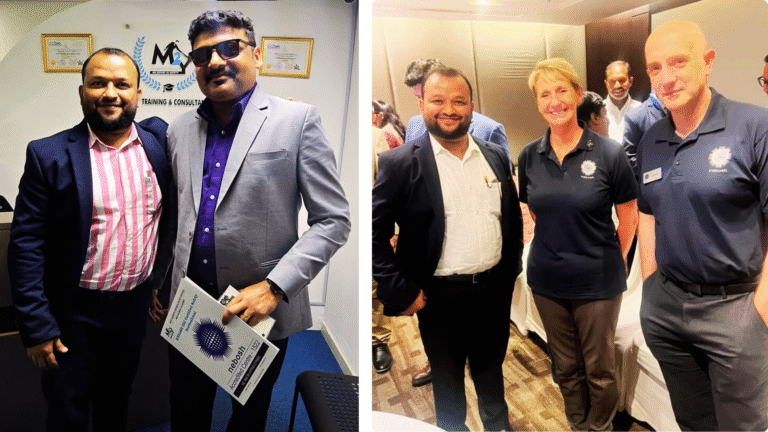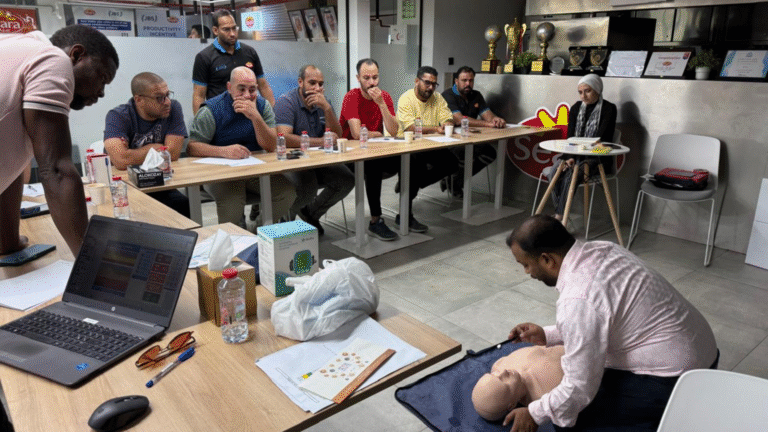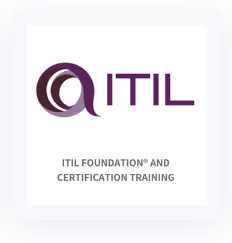HIRA
HIRA: A Complete Guide to Hazard Identification and Risk Assessment in Safety Management
In today’s high-risk industries, proactive risk management is not just a compliance necessity—it’s a moral obligation. One of the most essential tools in safety management is HIRA, short for Hazard Identification and Risk Assessment. This method helps organizations identify workplace hazards, assess risks, and implement appropriate control measures.
At M2Y Global Academy, we train professionals to master the HIRA process, equipping them with the knowledge to create safer workplaces across industries.
What is HIRA?
HIRA stands for Hazard Identification and Risk Assessment. It is a structured process used to:
- Identify hazards that may cause harm
- Evaluate the risks associated with those hazards
- Determine control measures to mitigate or eliminate those risks
The hira full form in safety management is more than an acronym—it’s a foundation for sustainable workplace safety and compliance with international standards like ISO 45001, NEBOSH, and OSHA.
Why is HIRA Crucial in Occupational Safety?
A well-executed hazard identification and risk assessment process can prevent accidents, reduce downtime, and ensure compliance with safety regulations. It is essential in industries such as:
- Oil & Gas
- Construction
- Manufacturing
- Logistics
- Mining
Without an effective HIRA program, organizations expose themselves to injuries, legal penalties, and reputational damage.
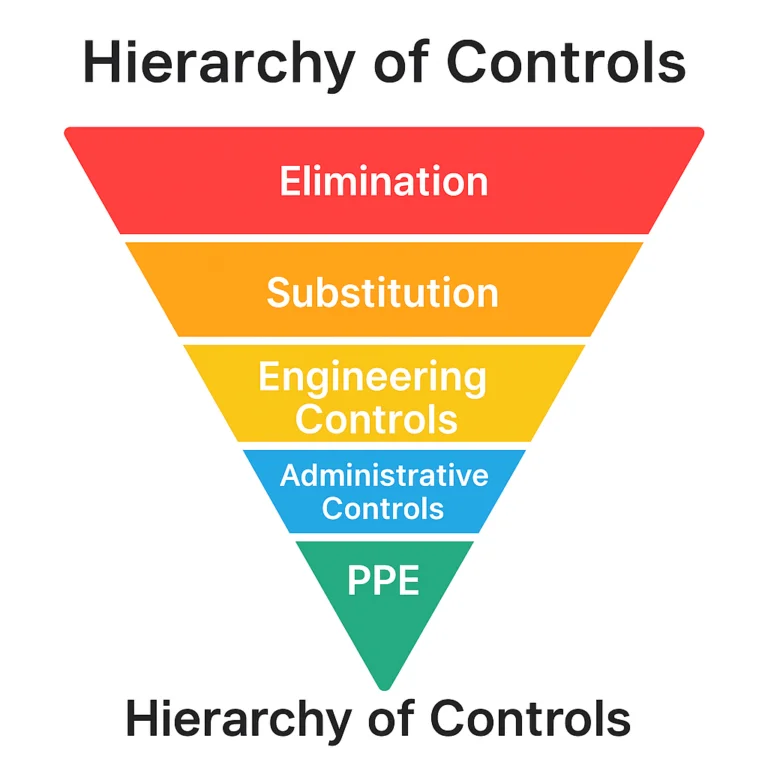
Step-by-Step HIRA Process
Here’s how professionals are trained to perform HIRA effectively:
1. Hazard Identification
Identify physical, chemical, biological, ergonomic, and psychological hazards that could affect people, equipment, or the environment.
2. Risk Assessment
Evaluate each identified hazard based on two factors:
- Likelihood (how likely the event is to occur)
- Severity (how severe the consequences would be)
3. Risk Evaluation using the HIRA Matrix
The HIRA matrix is a powerful tool that visualizes risk by plotting likelihood vs severity.
Severity \ Likelihood | Low | Medium | High |
|---|---|---|---|
| Low | Low | Low | Medium |
| Medium | Low | Medium | High |
| High | Medium | High | Extreme |
4. Risk Control
Apply the Hierarchy of Controls:
Elimination
Substitution
Engineering Controls
Administrative Controls
PPE (Personal Protective Equipment)
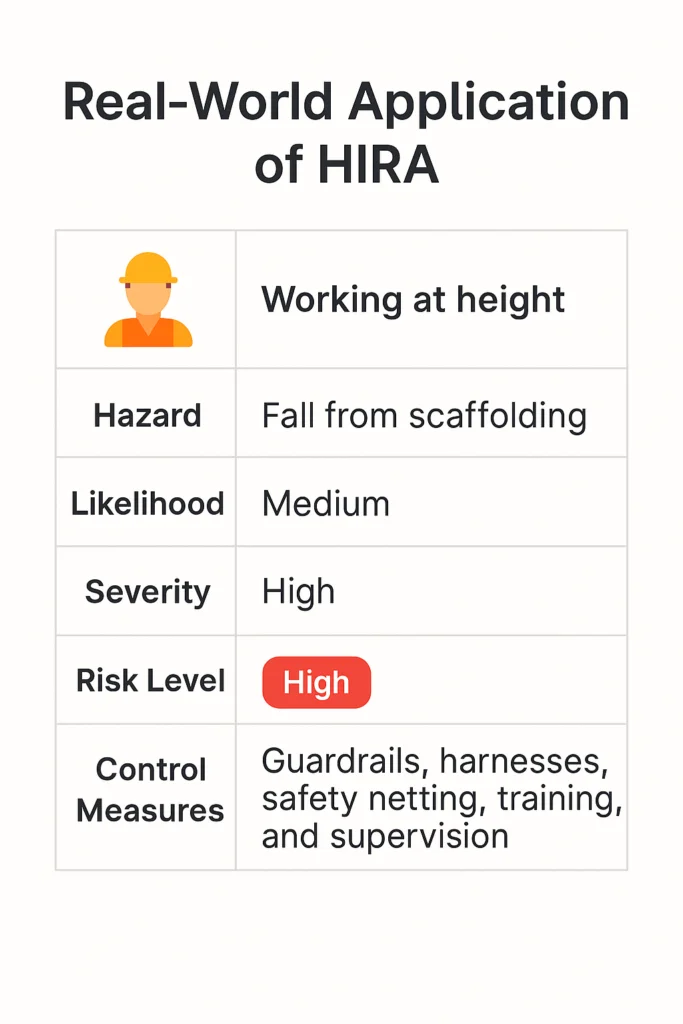
Benefits of HIRA
- Identifies existing and potential hazards
- Assesses the likelihood and severity of risks
- Aids in prioritizing control measures
- Strengthens organizational safety culture
- Enhances compliance with legal and regulatory requirements
Who Needs HIRA Training?
HIRA is essential for:
- HSE Officers
- Site Engineers
- Safety Auditors
- Plant Managers
- NEBOSH / IOSH / CSP Aspirants
At M2Y Global Academy, our internationally certified instructors provide hands-on HIRA training backed by real-world scenarios. Our curriculum aligns with global safety standards, including NEBOSH IGC, OSHA, ISO 45001, and CSP frameworks.
🎯 Want to advance your safety career? Learn more about our NEBOSH Courses
Why Choose M2Y Global Academy for HIRA Training?
- Expert Trainers with NEBOSH IDIP, CSP, and real-time industrial experience
- Practical Modules based on international safety case studies
- Recognized Certifications that enhance your employability
- Global Reach – Training programs in India, UAE, and beyond
Get Started with HIRA Training Today!
Elevate your safety skills with industry-relevant HIRA training. Contact us to enroll in our next batch of NEBOSH, ISO 45001, or customized safety programs.

